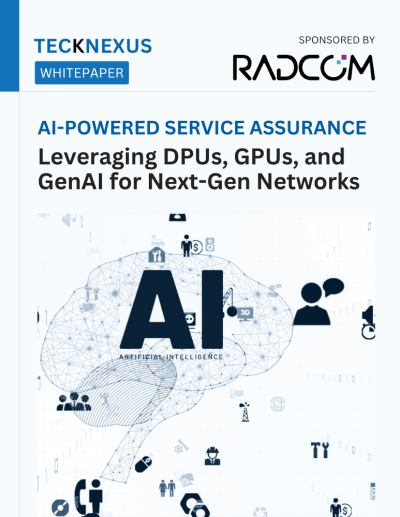Deutsche Telekom is pioneering the move towards open and virtualized radio access networks (vRAN). Power costs constitute a big proportion of cell site operating costs even for open and vRAN deployments.
As cell sites are designed for peak load conditions, there are significant periods, and even moments, of the day where the base station is running at a lower traffic utilization.
Intel® Xeon® Scalable processors support per-core C-states to better manage power consumption. The CPU cores can be put into a lower power state during quieter periods, but can transition quickly back to full power mode when needed. The resulting lower power consumption can translate into greater operational efficiency.
In a vRAN trial deployment with Intel in DT Bonn Lab we have focused on energy efficiency by exploring the advantages of these new Intel CPU power-saving features, which enable Layer 1 power optimization in the DU.
As we know that Layer 1 refers to the baseband processing that takes place at the bottom of a mobile mast in the majority of today’s networks. And with open virtualized RAN, most baseband functions are now handled by a network element called a distributed unit.
In this case, we have focused on energy efficiency in vRAN. Together with the Intel team, we have jointly evaluated the most advanced capabilities in the FlexRAN solution using our traffic profile.
This innovation enables to put CPU cores into a deep sleep state even for a very short period of time.
Based on this power optimization capability, we have achieved roughly 30% vRAN CPU power consumption reduction.
The above was achieved in Intel/DTAG testing in the DTAG lab based on DTAG’s realistic traffic profile.



























